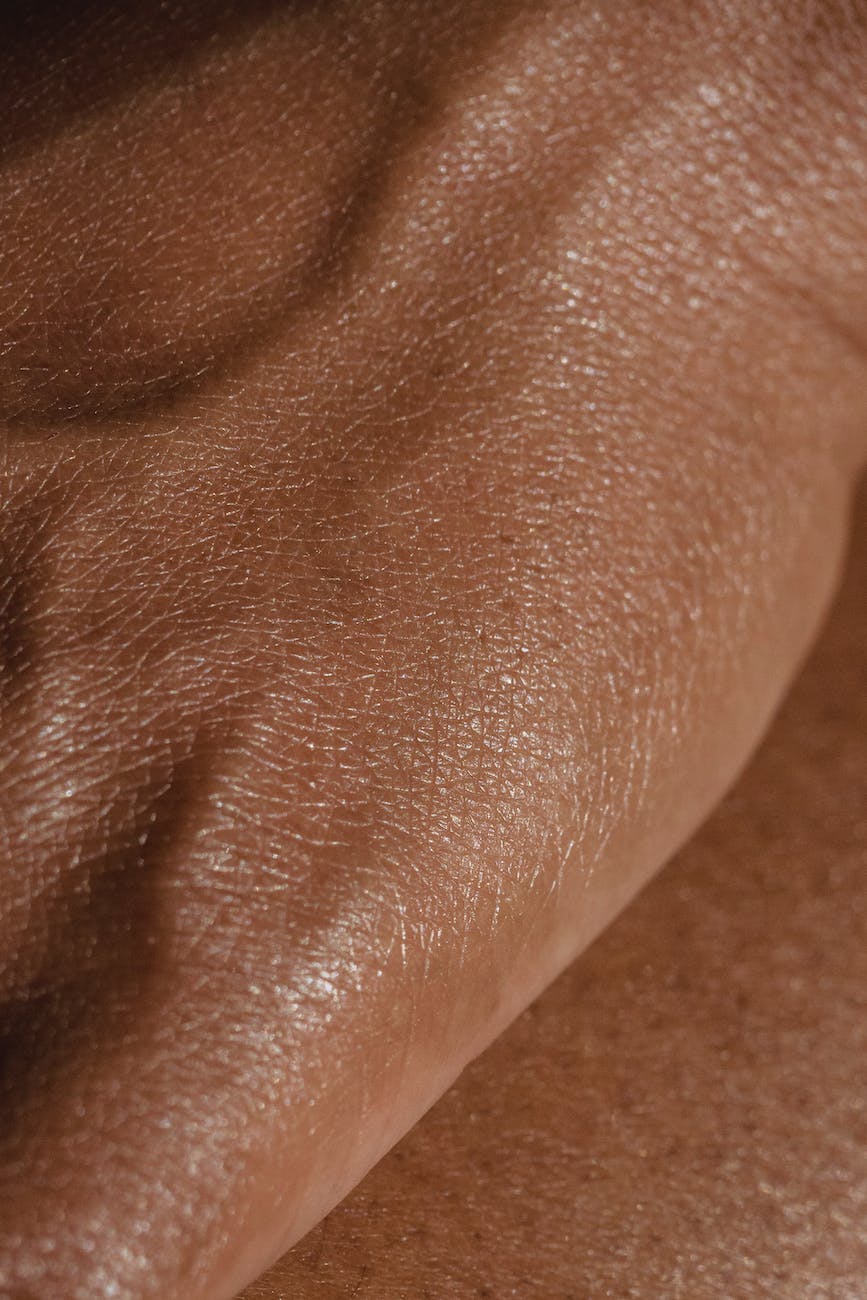
skin
Eczema is a common skin condition that is believed to affect over 31 million Americans. Some people have eczema, which causes red bumps and lumps on their skin called papules. This condition is known as papular eczema or papular dermatitis. Papules, or bumps, can appear anywhere on the body. The color of these rashes varies according to a person’s skin tone. Due to its symptoms, it is also known as “itchy red bump disease”.
If anyone has papular eczema, it can cause itching and lead to skin infections. A dermatologist can help diagnose and develop a treatment plan. There are treatment options available that can help people in managing their symptoms. Paid Dermatology Clinical Trials can help us learn more about this condition in both children and adults.
What exactly is Papular Eczema?
It is a skin condition that causes small, itchy bumps on the skin known as eczema papules. People who have this condition may also have symptoms of standard eczema (also known as atopic dermatitis), such as dry, itchy patches or flaky skin.
These eczema papules may be flesh-colored in people with darker skin tones. Papular eczema on dark skin can also appear reddish-brown or purple-gray. They may appear in a diffuse pattern that corresponds to the location of hair follicles, and some people also have it on their elbows.
If scratched repeatedly, these itchy bumps can become infected. While there is no cure for papular eczema, one can manage the symptoms with proper care.
What is the Cause of Papular Eczema?
Everyone is affected differently by eczema. African Americans and people with darker skin are more likely to develop papular eczema. Scientists aren’t sure what causes eczema, but they believe genetics play a role. It is more likely to affect people who have a family history of eczema, asthma, or hay fever.
Eczema patients may have a problem with a gene that produces a protein called filaggrin. This contributes to the formation of a protective barrier on top of the skin. A weakened barrier allows moisture to escape and bacteria, viruses, and other irritants to enter. This is why people with eczema have dry skin that is easily infected.
Eczema is an autoimmune disease. This means that it is the result of the immune system overreacting. Irritants can activate the immune system and cause eczema flare-ups. Pollution, laundry detergent, and pollen are some of the triggers that cause the immune system to overreact. Triggers differ from person to person.
Differentiating between Papular Eczema and Atopic Dermatitis:
It is relatively simple to distinguish papular eczema from atopic dermatitis. Atopic dermatitis, also known as standard eczema, is characterized by a red or brown flaky rash, whereas papular eczema is characterized by dry skin with bumps. These small papules resemble pimples but lack a white head. They take the place of the raised, thickened, flaky rash that is common in atopic dermatitis.
If you suspect you have papular eczema, consult a doctor or dermatologist to confirm the diagnosis and discuss treatment options. Mild eczema is typically treated with moisturizers and other over-the-counter medications. For more severe cases, your doctor may recommend prescription treatments such as topical ointments or creams, as well as oral or injectable medications.
Is Papular Eczema Contagious?
No, eczema is a skin condition that causes inflammation and is not contagious or infectious. One cannot get eczema by touching or being near someone who has the condition, and touching an inflamed area will not spread the rash to other parts of your body.
Scratching or pinching the affected skin, on the other hand, has the potential to irritate and worsen papules or other rashes.
How long does Papular Eczema take to heal?
Papular eczema is a chronic condition that frequently flares up. This means that the symptoms may worsen and then improve on occasion.
Depending on the situation, medical treatment, and home remedies may provide relief in a few days to weeks.
What are the Treatment Options available to manage Papular Eczema?
Papular eczema is typically resistant to traditional eczema treatments available. However, treatments are available that can help reduce the itching, keep the condition from worsening, and even induce periods of remission.
Although many treatments for papular eczema overlap with those for general eczema, some treatments, such as immunosuppressant medications and phototherapy, have been studied specifically for use in papular eczema.
Some people with papular eczema discover that one treatment works better than all others. Others believe that combining treatments yields the best results.
- Immunosuppressants:
Nonsteroidal treatments, such as immunosuppressants, are believed to be effective in the treatment of papular eczema. These medications help reduce skin inflammation by suppressing various immune system components. - Phototherapy:
If one’s papular eczema does not respond to other treatments, the dermatologist may recommend phototherapy. Natural sunlight, ultraviolet A, or ultraviolet B light is used to expose the affected skin.
Since it is more effective and produces longer-lasting results, phototherapy is a popular alternative to drug treatment for papular dermatitis. Long-term phototherapy use, on the other hand, can prematurely age your skin and increase your risk of skin cancer. - Corticosteroids:
Corticosteroid creams or ointments are commonly used as first-line eczema treatments. Although stronger steroid creams are more effective, they may cause skin thinning over time.
Oral corticosteroids are also effective in treating papules and other papular eczema symptoms in the short term, such as during a flare-up. It’s important to note that oral corticosteroids are usually only used for a short period of time because long-term use can cause serious side effects like high blood sugar and blood pressure. - Immune System Inhibitors:
The dermatologist may recommend calcineurin inhibitor cream. These medications have an effect on how the immune system works, which helps to reduce atopic eczema outbreaks. - Antibacterial Creams:
In some cases, people with papular eczema may develop bacterial skin infections after scratching open wounds on their skin. If your dermatologist believes you have or are at risk of developing an infection, he or she may prescribe a topical antibacterial cream in addition to your standard treatments. - Hydrotherapy:
Hydrotherapy involves applying wet dressings to affected areas of the skin that may contain topical corticosteroid cream. This therapy can be difficult to perform by yourself or use at home, but a dermatologist can assist you.
Summary:
Eczema that manifests as small, inflamed bumps on your skin is known as papular eczema. In addition to skin bumps, it can cause dry and scaly skin, itchiness, pain, and skin infections. Eczema is a crippling condition that has a negative impact on one’s personality.
Despite so many advances in medicine, there is still a long way to go before finding a permanent cure for this condition. Nonetheless, research organizations in the United States are attempting to identify potential treatment options by conducting Eczema Paid Clinical Trials in Michigan and testing the efficacy of those investigational drugs on humans.






